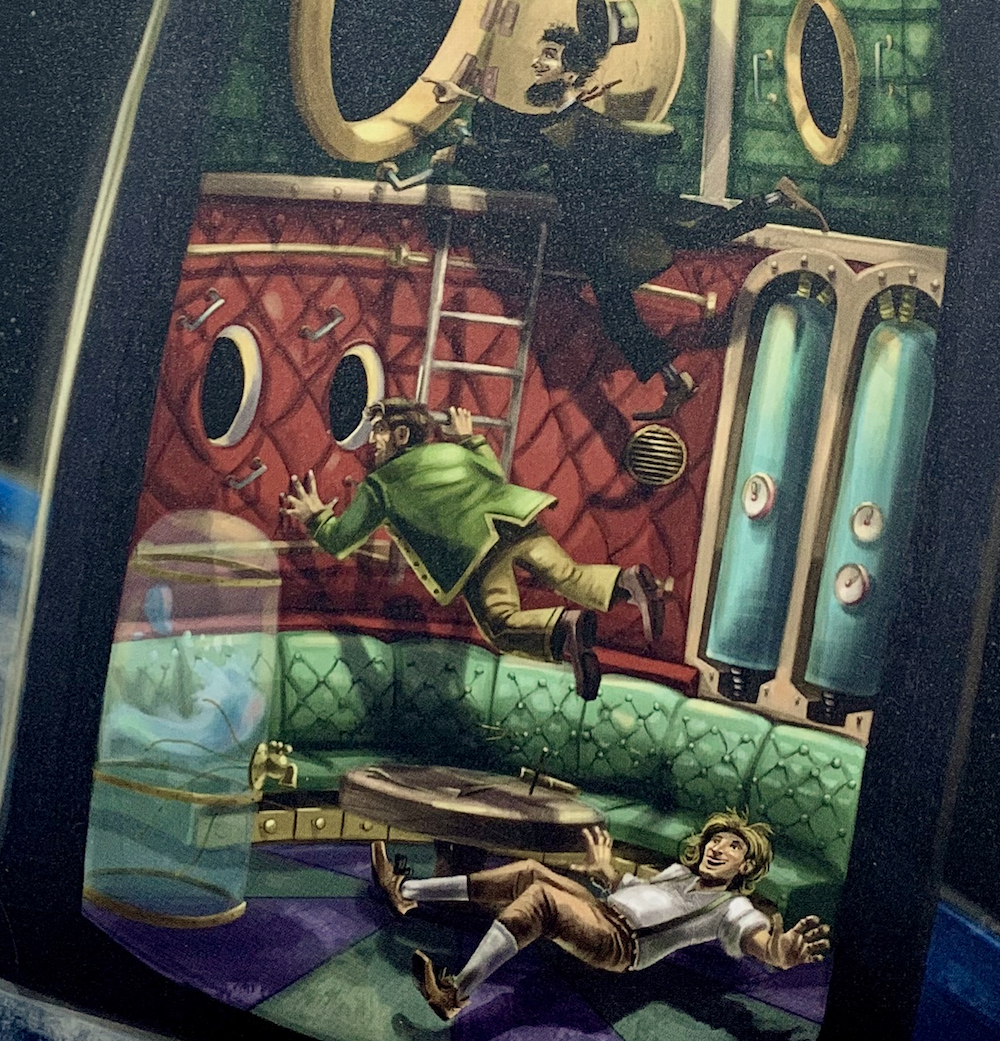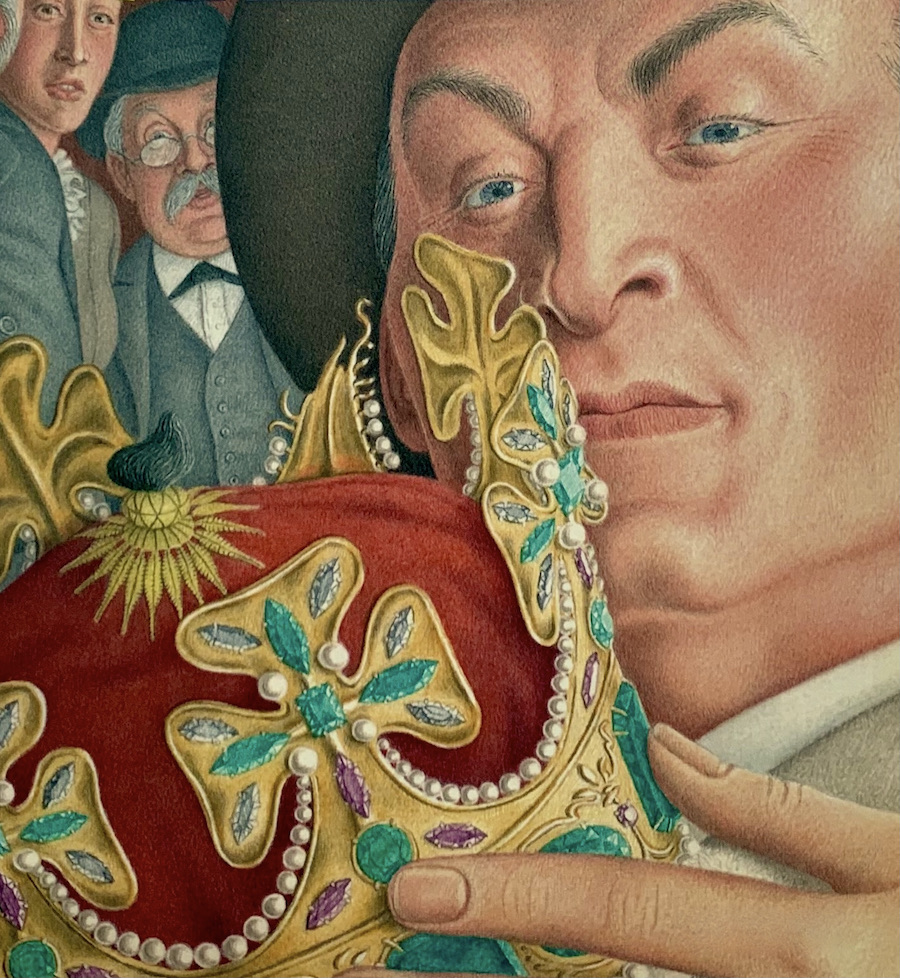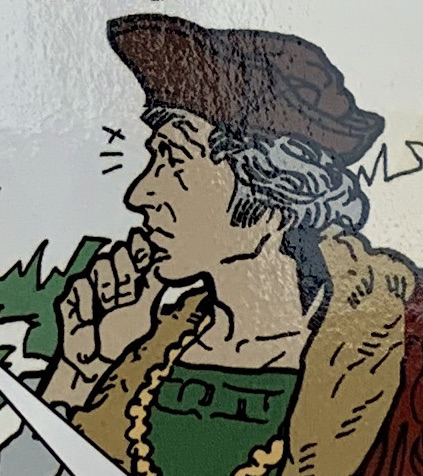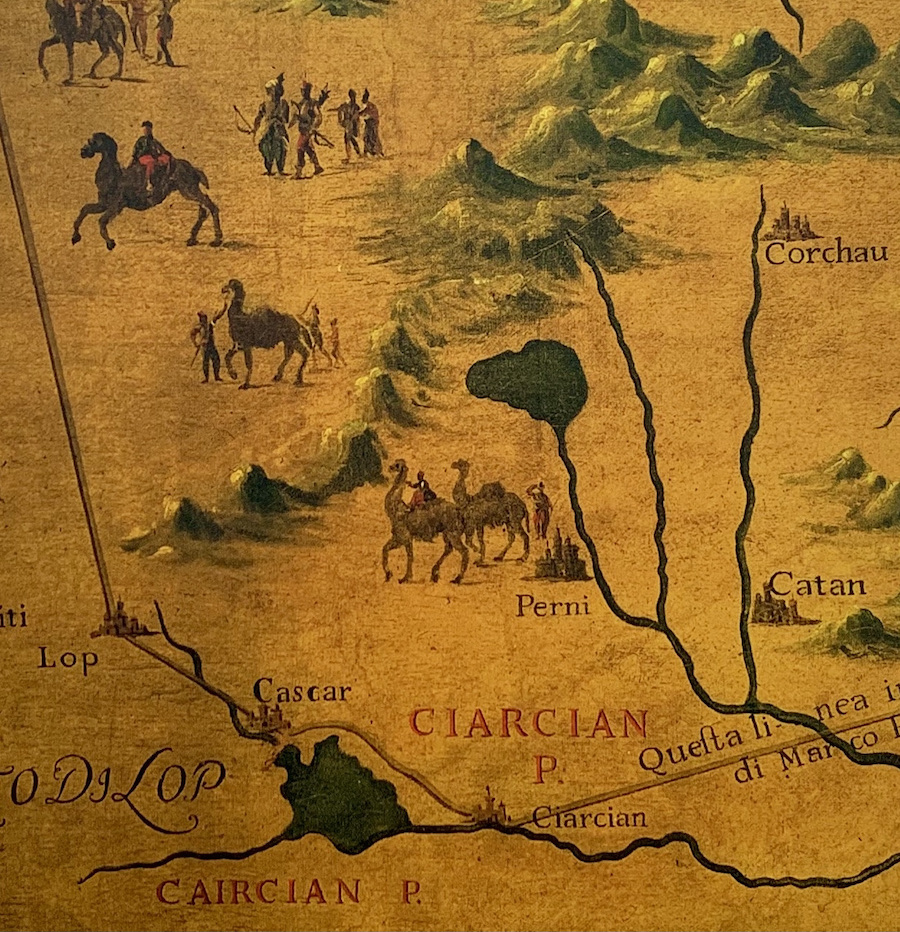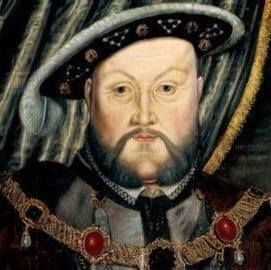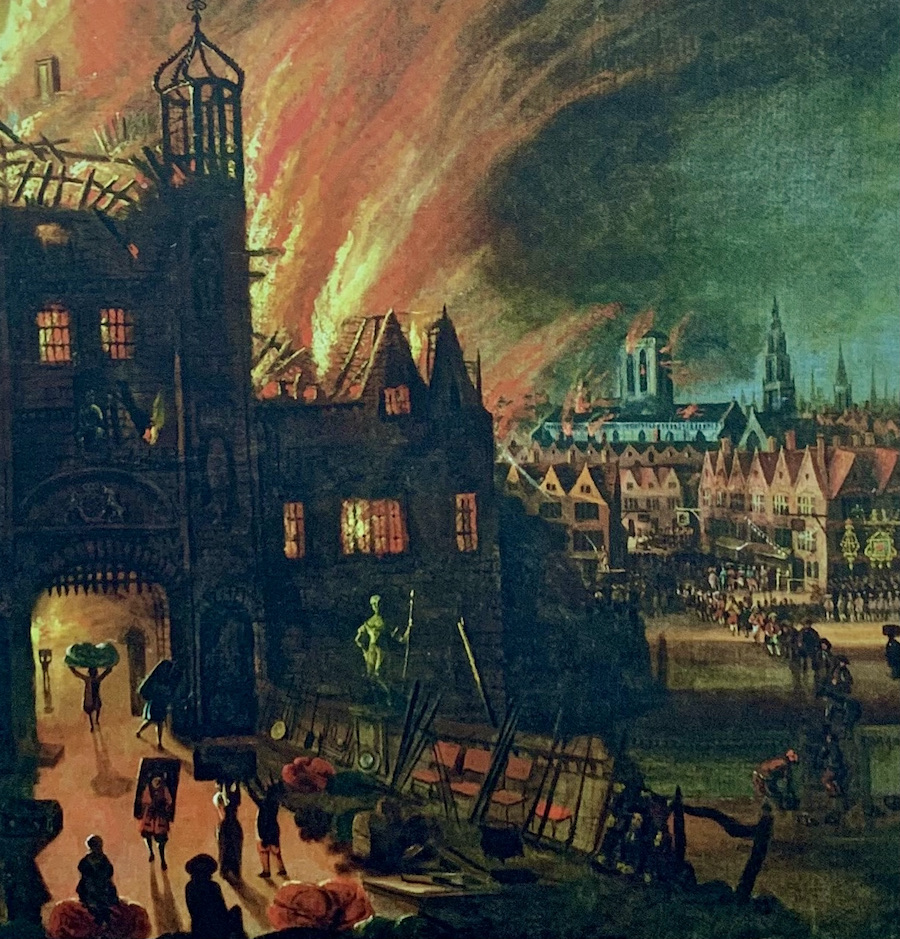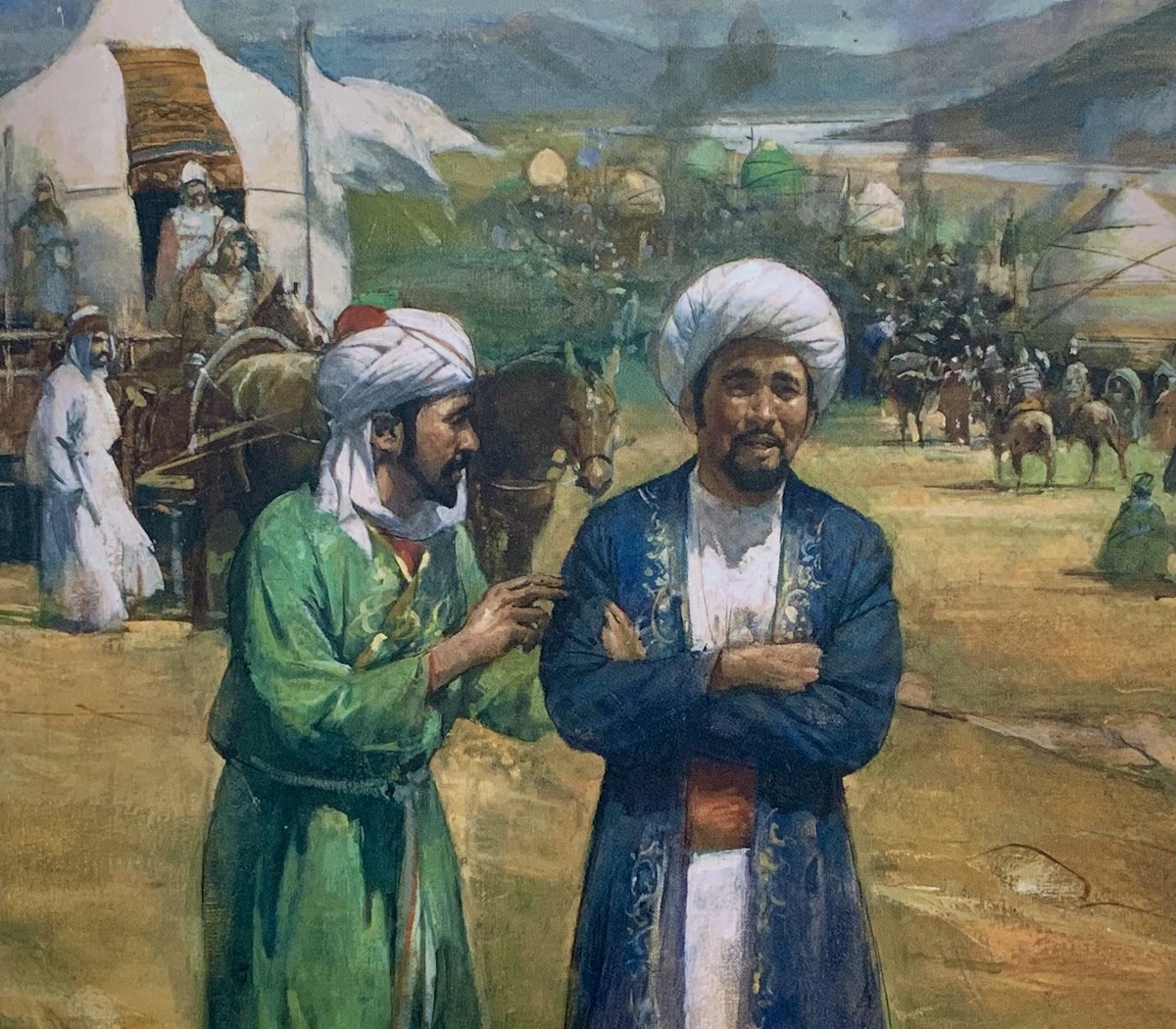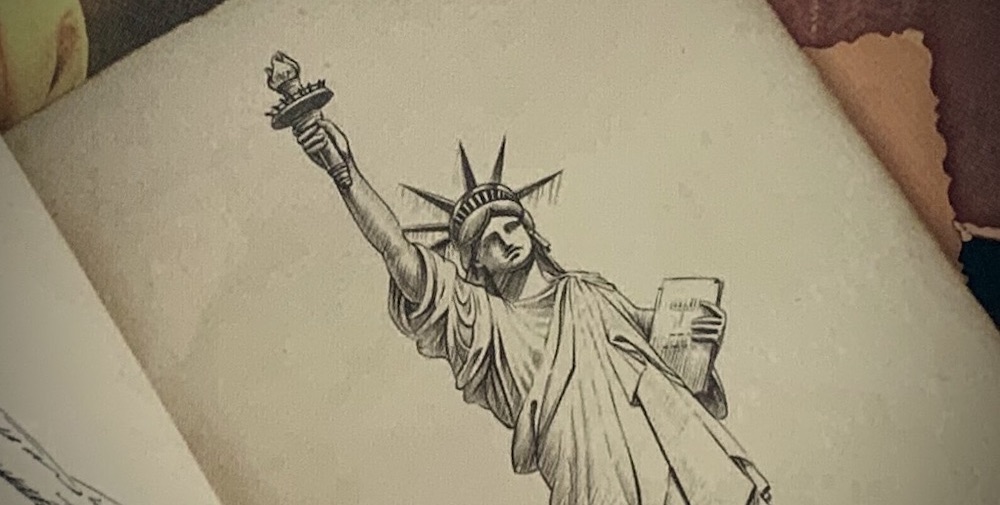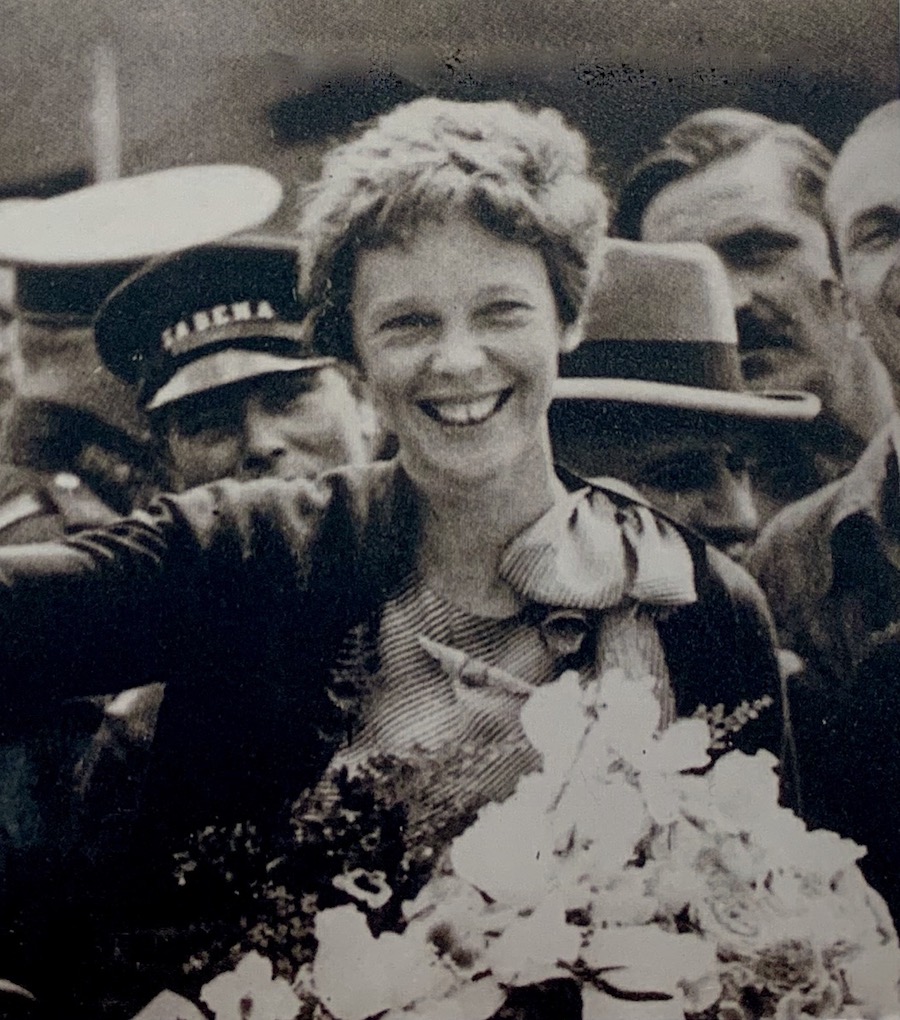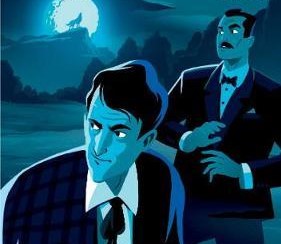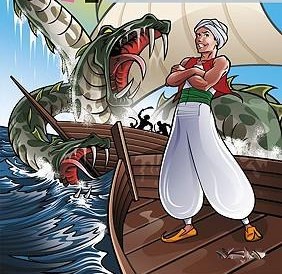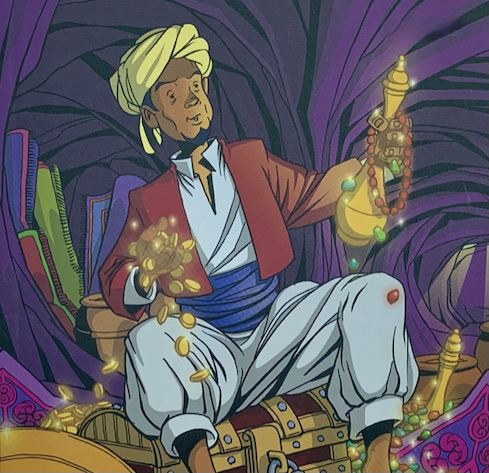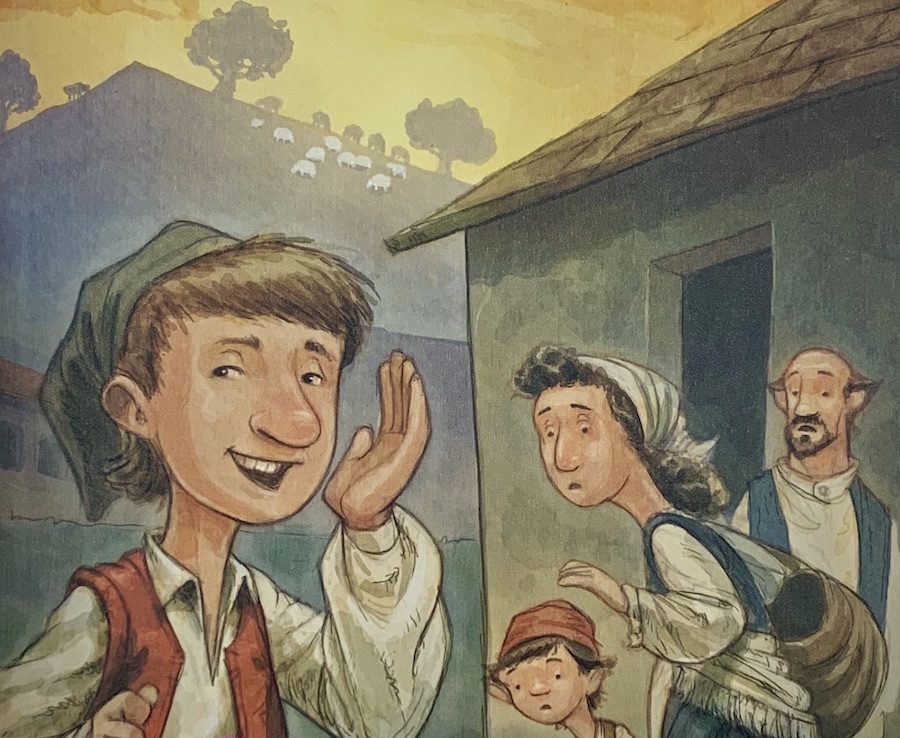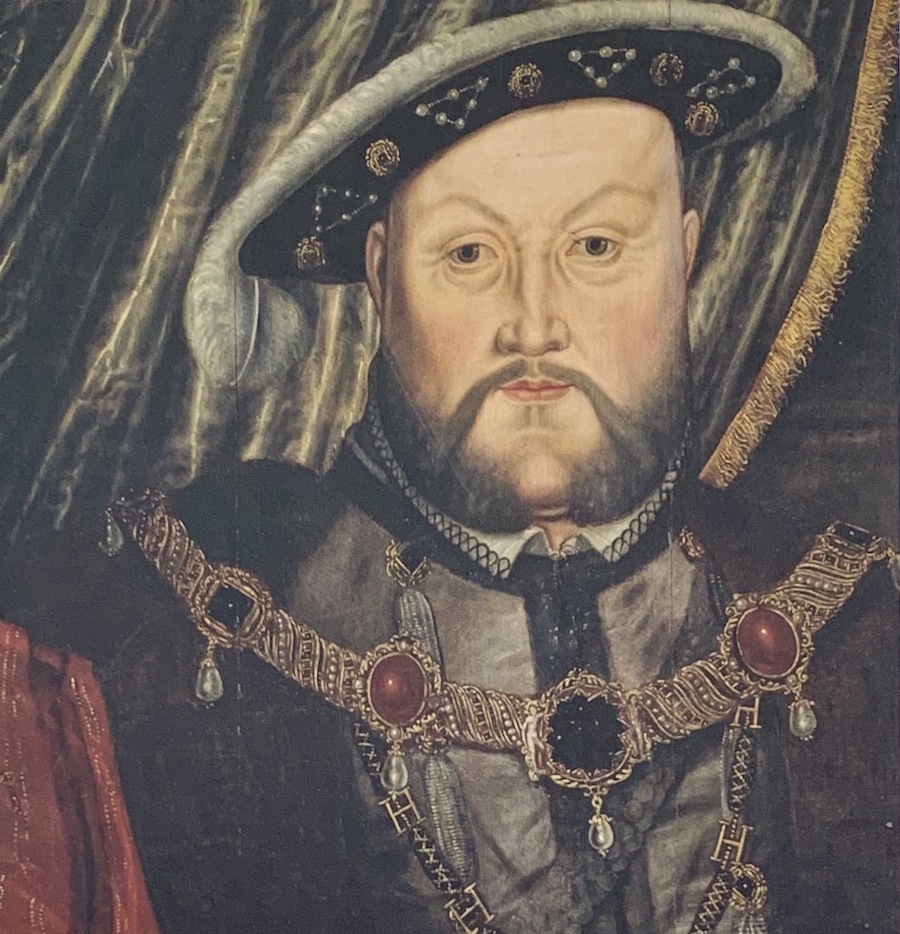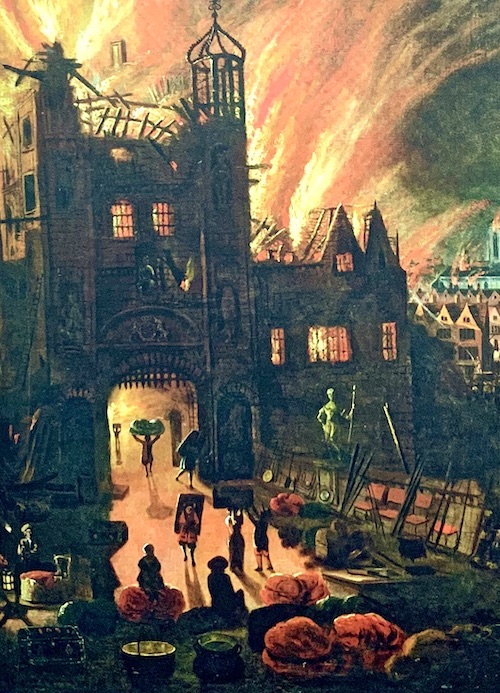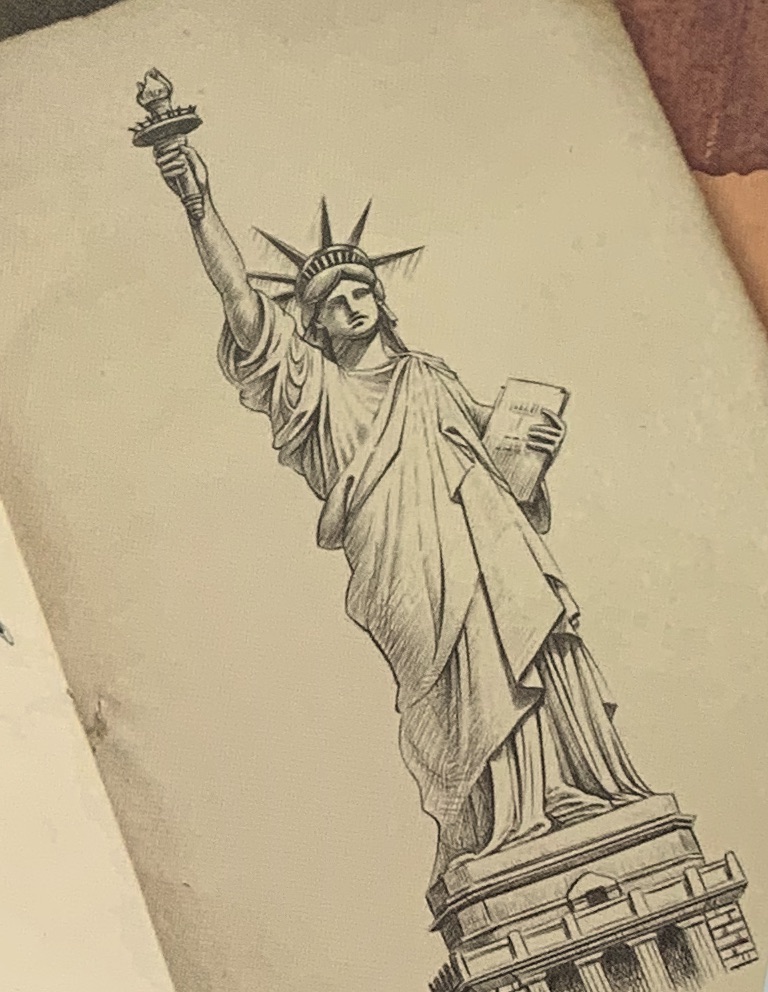June 2024 Bookfact
Who was the first woman to cross the Atlantic Ocean by air?
On 18 June 1928, Amelia Earhart became the first woman to cross the Atlantic Ocean by air. She accompanied the pilot Wilmer Stultz and mechanic Louis Edward Gordon as a passenger. The flight took nearly twenty-one hours and the plane almost ran out of fuel. The original plan was for the plane to land in Ireland but because of bad weather it landed in Burry Port on the coast of Wales, which is part of the United Kingdom. The news of Amelia’s flight was immediately in all the media. She wrote a book about her flying adventure and gave talks across the United States. But of course, Amelia’s dream was to do her own solo flight across the Atlantic, and not just as a passenger, something which she achieved in 1932.



